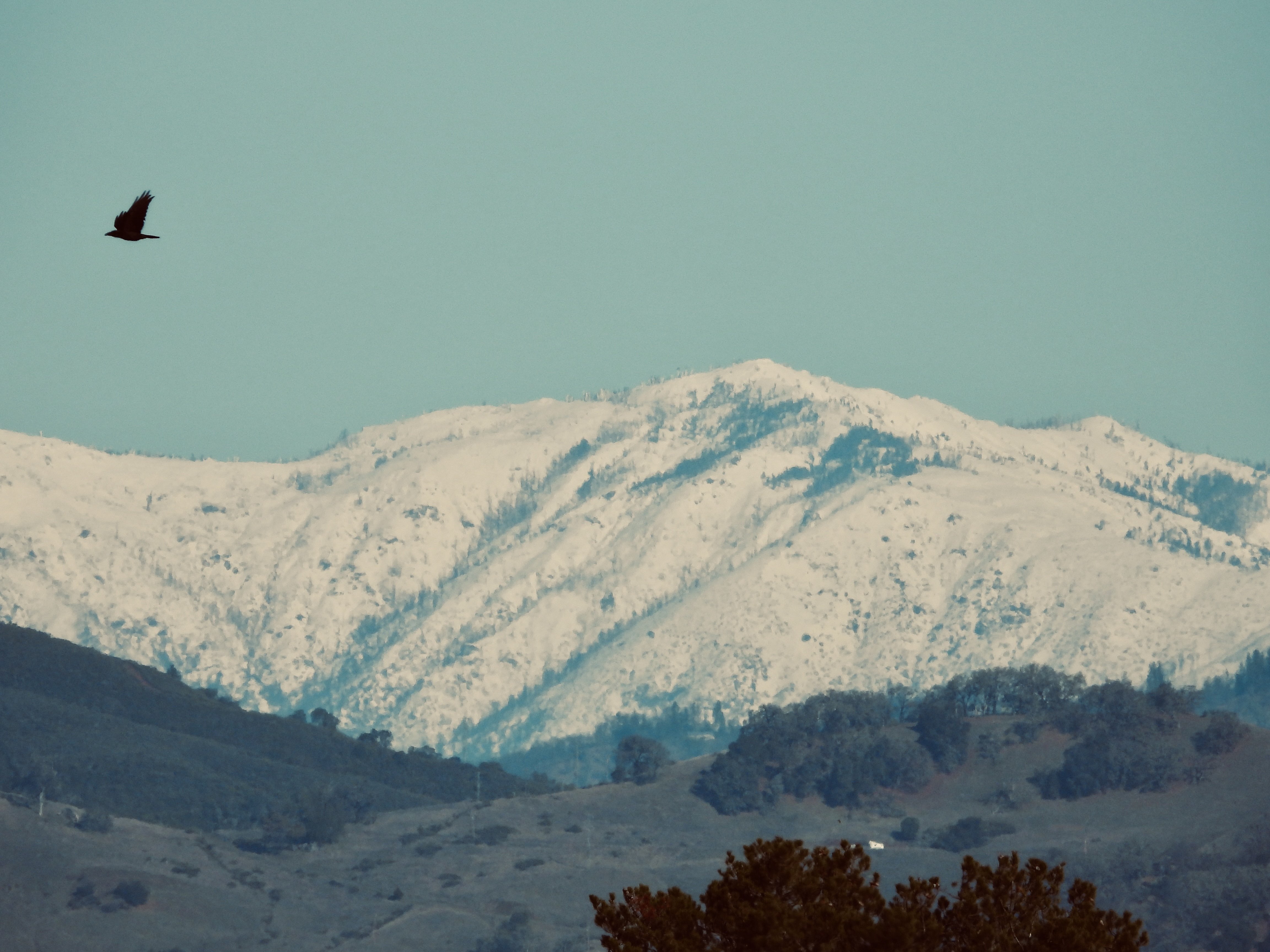The following is a submission from Joel Russell Thompson, the Executive Director of the Friends of the Noyo River Conservation Research Center, and a long-time friend of MendoFever’s.

As we plan our gardens this spring we should strive to be good stewards of Mother Earth and utilize the best eco-friendly practices that will provide the healthiest food with the biggest yields.
Cover crops are amazing! One acre of cover crops planted for one year — is the equivalent of twelve tons of poultry manure, (in nitrogen content). Cover crops are typically grown over the cold months. The best cover crops can provide nutrients for feeding summertime crops and will also reduce the growth of pesky weeds. In an optimally sustainable garden, the ideal scenario would include two cover crops: one cover crop would be grown from late autumn to late winter, and another planted in late winter until mid-spring; this will allow for one main “90-120” day summertime food crop to be harvested throughout late-summer and early-autumn. Almost any type of ground cover can serve the purpose of providing a nutrient-rich cover crop for the summer garden. Mustards, fava beans, and clover crops are the most popular cover crops, but you can be creative in utilizing native flowering plants that can endure the cold weather.
Gardeners should consider using composted mulch and natural wood chips for amending. Any mixture of different composted wood chips or leafy mulch is suitable. Native willow chips are the most sustainable: as you can regularly harvest long poles for seasonal chipping. Woody debris can also be used in Hügelkultur beds and mounds.
When shopping for amendments at local garden supply stores always choose eco-friendly-plant-based products because they are the most sustainable and safe to handle. Inquire about — coconut fiber, rice hulls, cocoa bean hulls, straw, alfalfa meal, kelp meal, wood chips, grape pomace, mushroom compost, composted leafy debris, and mulch.
When planning a garden it’s important to always use the most beneficial eco-friendly practices. Our natural gardens can mimic natural ecosystems. Reducing erosion, enhancing biodiversity, and encouraging healthy wildlife will benefit the planet and the health of future generations to come. It’s all connected!
See these helpful resources below:
[John Jeavons and Ecology Action: https://en.m.wikipedia.org/wiki/Biointensive_agriculture]
[Tolhurst Organic Partnership CIC: https://www.agricology.co.uk/field/farmer-profiles/iain-tolhurst-tolly]
[Nicholas Carter, Farming for the Planet: https://sentientmedia.org/farming-for-the-planet/]
Written By Joel Russell Thompson
Executive Director, Friends of the Noyo River Conservation Research Center
https://linktr.e/friendsofthenoyoriver
friendsofthenoyoriver@gmail.com








In regards to environmental impact and cover crop vs chicken manure nitrogen levels there is more at play here. To start a cover crop disperses N throughout the season. Where as chicken manure is most often applied in one or two applications a season and N being a anion leaches out quickly. This is why we have so much water pollution. Chicken manure has been causing problems in agricultural crops that tests their product in Parts Per Billion (cannabis). Due to the voluntary testing started decades ago under Prop 215 we have been compiling lots of data in regards to soil and heavy metals uptake in plant material. Chicken manure has been testing hot for arsenic and lead and is no longer recommended. Arsenic is opposite of N in the fact it is a cation, a cation with 3 or 5 positive charge. This means it really bond to the soil cation exchange sites so even small amounts of arsenic will easily accumulate. Another issue is these heavy metals become tied up in the humas in a plant available form. When a large dose of N is applied like in chicken manure carbon gets burned up in excess. Meaning we burn up our humas and release the plant available heavy metals into the soil solution for roots to easily take up. This has been covered by Dr Christina Jones, especially in regards to aluminum levels in the U.S. population. There is a substantial environmental cost in producing and using chicken manure, even for the backyard producer. I have just scratched the surface, pun intended, on the ill effects of chicken manure. There are many other issues in regards to waterway degradation and heavy metal uptake due to phosphorus in chicken manure. Many organic large scale and back yard farmers are causing substantial environmental degradation due to poor management practices. After they damage the land, air and waterways they eat the said crop. The FDA has a solution. They increased the allowable limits of heavy metals in baby food. There was such an out cry they did reduce the allowable levels of just one, lead. As it stands now our government is in its infancy when it comes to heavy metals in food and medicine in regards to content and management. This issue is being addressed by the citizen scientists. So it is up to you as an individual to protect yourself and your family. Here is a little thing to ponder. Every sequence in your DNA needs an enzyme to be produced. Each enzyme has an an elemental cofactor. No element no enzyme. No enzyme no DNA sequence. No sequence means transmutation. Transmutation gets repeated and turns into disease. What do they find at the transmutation sites. Heavy metals.